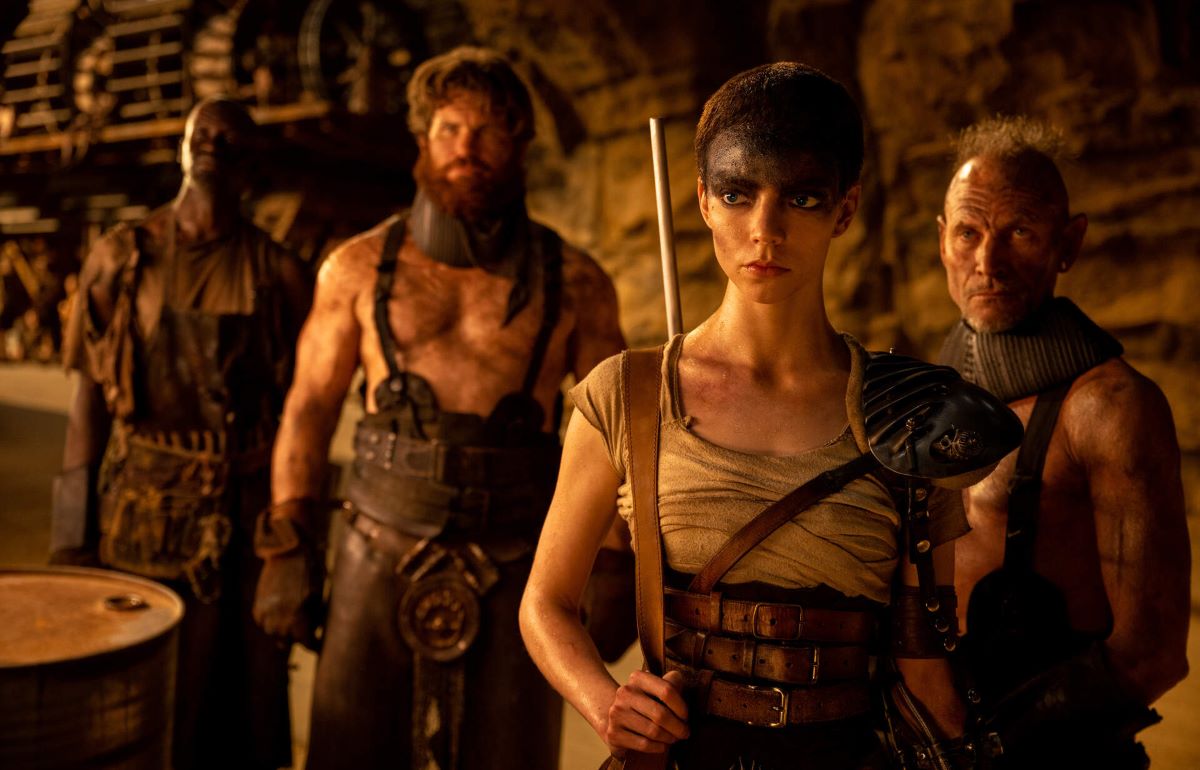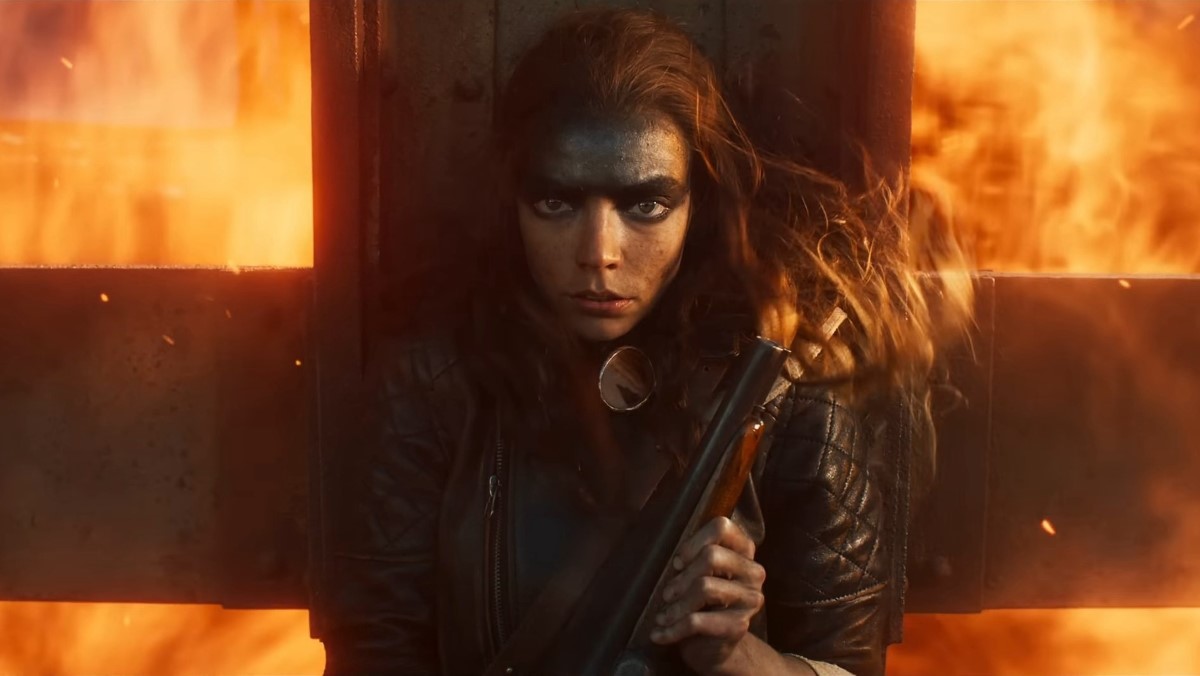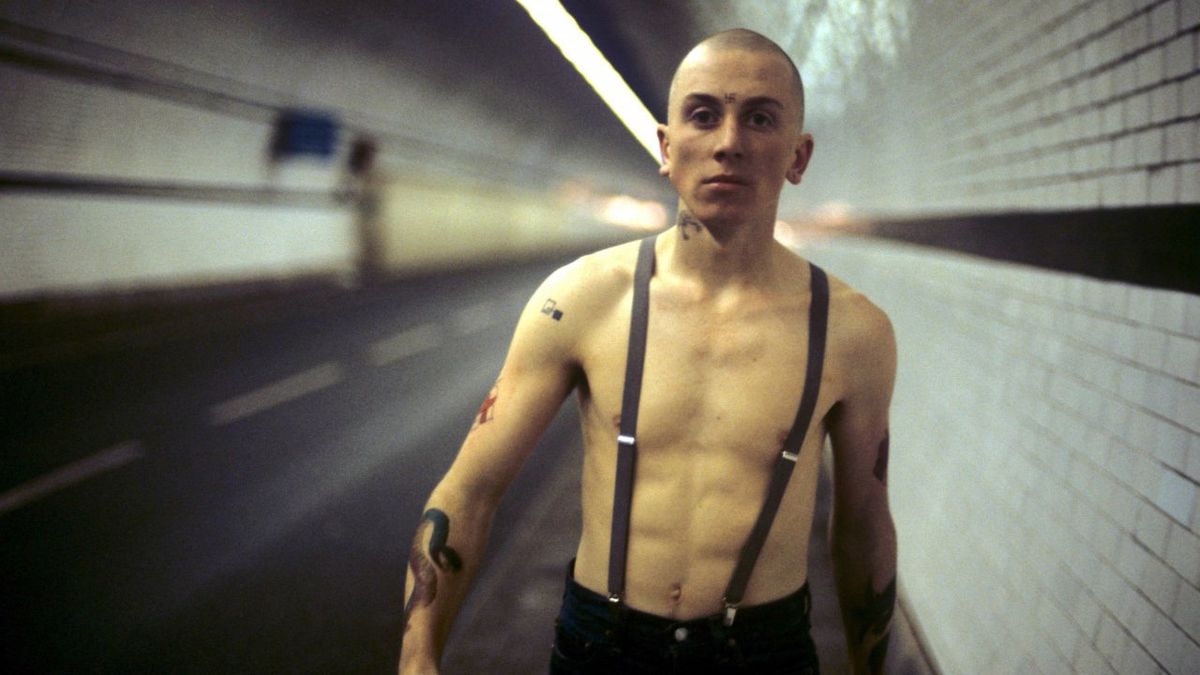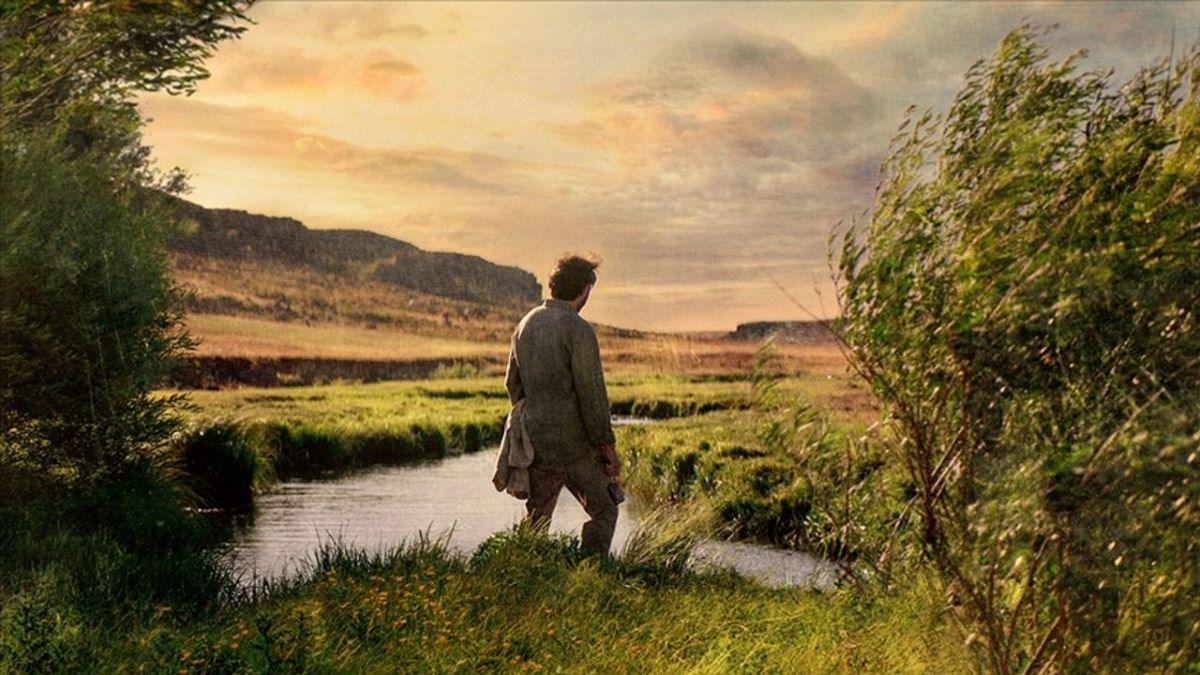Cannes 2024
Furiosa: A Mad Max Saga
Cannes – The first Mad Max premiered in 1979, 45 years ago. It was a low-budget B-Movie made for $200,000. George Miller, the director, was 34 years old (born in 1945), and Mel Gibson, the (future) star, was only 23. At Cannes 2024, the fifth installment, Furiosa: A Mad Max Saga, debuts with a significantly higher budget of $168 million. Despite the financial leap, it retains the essence of the original: Miller, now 79, stays true to his style of roaring engines and violent clashes against the orange backdrop of the Australian outback. The difference, compared to Mad Max: Fury Road shown here in 2015, lies in the title: Furiosa. The desert’s fury, akin to the mythical Furies, is female and feminist.
The saga has evolved remarkably: the first three films were released in 1979, 1981, and 1985 (the one featuring Tina Turner). The fourth came thirty years after the third, with Tom Hardy replacing Mel Gibson. The fifth installment (stay with us, it’s not complicated) is a prequel to the fourth, depicting the childhood, adolescence, and early experiences of the heroine previously played by Charlize Theron as an adult. The role now goes to Alyla Browne (young Furiosa) and Anya Taylor-Joy (teenage Furiosa). The story turns into a coming-of-age tale, or Bildungsroman, of a girl navigating a world ruled by despotic and bloodthirsty men.
In the opening scene, Furiosa is picking peaches. She lives in a secluded valley with water and surviving nature, called the Green Place of Many Mothers, hinting at its significance. Outside, only desert exists. An army of bikers, thirsty for water and blood, kidnaps her. Despite her mother’s attempt to rescue her, Furiosa witnesses her mother’s martyrdom and becomes a prisoner of Dementus, the bikers’ leader. She spends her life plotting revenge. The plot progression is fairly predictable: as in certain Star Wars episodes and most Marvel films, events are both foreseeable and unpredictable, but the focus is on what happens before and after these events.
Before the events, there is non-stop action. The Mad Max saga is characterized by exhausting desert chases involving surreal and indestructible vehicles, and sudden revelations: hidden places within the desert, from biker camps to the city of Gastown where fuel is produced for all these phantoms consuming more gas than all the commuters on Rome’s GRA. Here, the set designers (led by Colin Gibson), special effects technicians, and stunt performers, numbering in the hundreds, shine. After the events, there are philosophical interludes, like the lengthy final dialogue between Furiosa and Dementus, contemplating the pleasure, or lack thereof, in killing. Is it more satisfying to kill your nemesis instantly or to let them wander the desert until they disintegrate? Here, Miller and screenwriter Nick Lathouris draw heavily from myth: Furiosa is a female Odysseus, the girl kidnapped by Comanches in The Searchers, Electra, Antigone, a Greek tragedy heroine who must kill the Masculine (belligerent, fierce, toxic, ultimately repulsive) dominating the world to avenge her mother.
The outcome of this struggle is left untold, but know that Furiosa’s ultimate weapon is ecology. The Feminine triumphs when it merges with nature (recall the Green Place of Many Mothers). Remember the peaches.
La Repubblica, May 16, 2024





